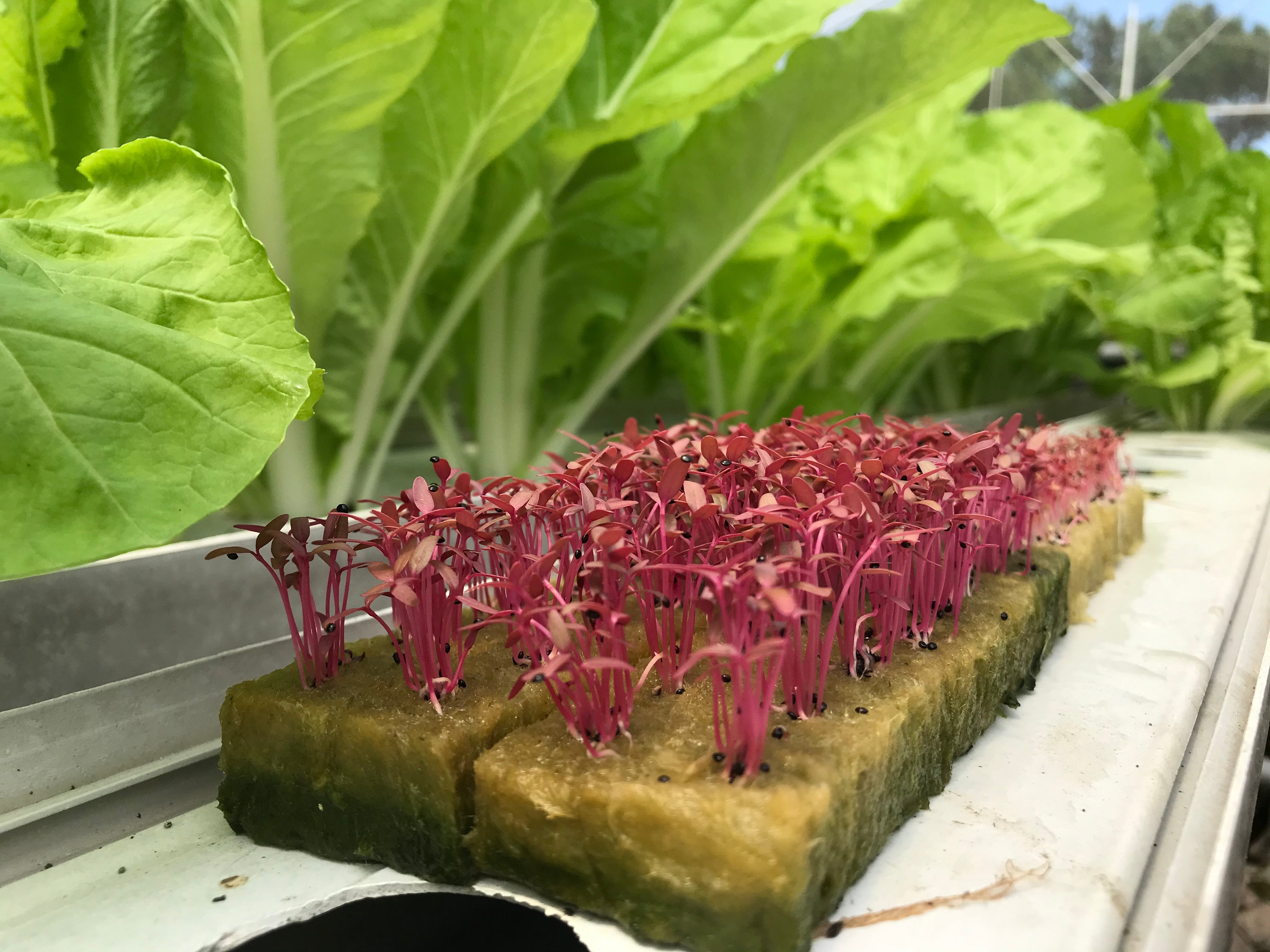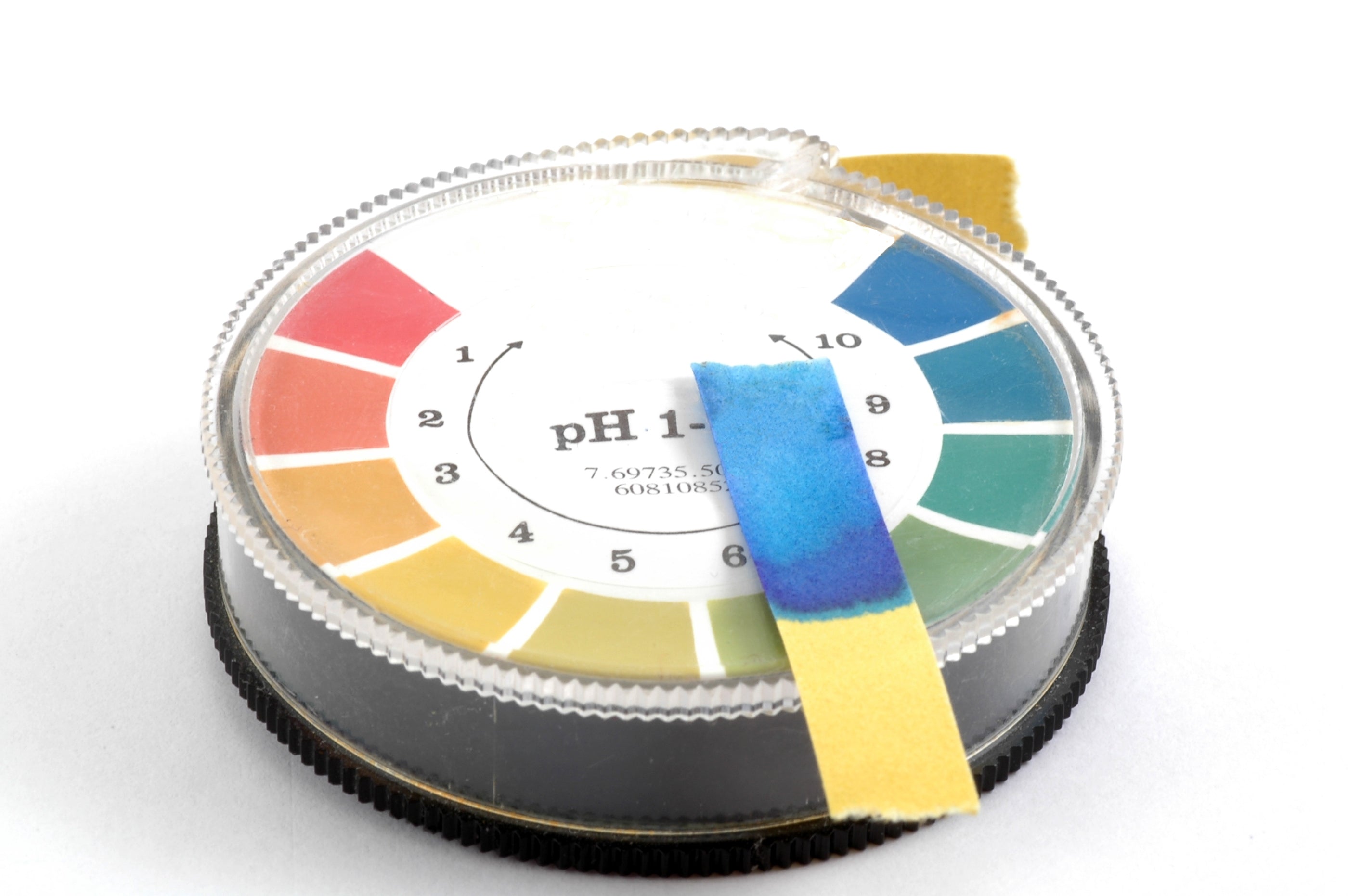Is Hydroponics Easy for Beginners?

How Accessible Is Hydroponics Easy for Beginners?
You may have heard about hydroponics, but you might be a bit overwhelmed with all the technical details and different types of hydroponic systems, so you might be wondering what is so great about it and whether hydroponics is easy for beginners. It’s a revolutionary method of gardening that allows you to grow vegetables, fruits, and herbs in water, without any soil. Hydroponics offers a lot of benefits compared to traditional gardening, such as growing your crops much faster than with traditional gardening, using water much more efficiently, producing more abundant crops, and fitting many more crops into a space.
Many people would love to grow plants at home, but not everyone has a garden, access to land, or space for greenhouses, so some people may think they are unable to do this. A lot of people have heard about hydroponics, but if they’re new to it, they can feel overwhelmed or think it is too complicated for them. In this article, we will cover everything that goes into setting up a hydroponic system and explain how easy it is for beginners to get into hydroponics and start growing their own food at home.
What is Hydroponics?
Hydroponics is a way to grow plants in a nutrient-rich solution without soil. While it may sound unusual and futuristic, hydroponics isn’t new. In the past, it’s been used at the Hanging Gardens of Babylon, the floating gardens in China, and it’s been used by NASA to grow bean seedlings in space.
Hydroponics comes from the ancient Greek formation of “hydro”, meaning water, and “ponics”, meaning labor. There are different types of hydroponic systems, which will be discussed later in this article. Despite being a water-based system, hydroponics is good for the environment, as it uses 90% less water than traditional gardening. In addition to that, hydroponic gardening can produce plants quicker than soil-based gardening.
Many people think that plants need soil to grow, but that’s not true. Plants need light, air, water, nutrients, and space to grow. In traditional gardening, plants get their nutrients from soil, and soil also supports the plants’ roots. Hydroponics uses water instead of soil to provide plants with what they need in terms of water, nutrients, and oxygen. In hydroponics, plants can base their roots in a growing medium—things like coconut coir (or coco coir for short), perlite, rockwool, and more, and the nutrients are delivered straight to plants’ roots via a nutrient solution, which is essentially nutrients in either liquid or powdered form dissolved in water. Nutrients can get delivered to the roots of plants in a variety of different ways, such as flooding, misting, or immersion. So, unlike in traditional gardening, the plants’ roots don’t have to search for the nutrients in the soil. They get them straight away, so the plants can use their energy instead to grow and thrive more quickly.
Hydroponics allows you to control growing conditions such as temperature, lighting as well as the nutrient and pH balance of the nutrient solution. It works because plants are given what they need when they need it. In this controlled environment, plants thrive. A wide variety of plants can be grown using hydroponics, including vegetables, fruits, herbs, and flowers.
How Hydroponics Works
Hydroponic systems can be designed in a variety of different ways, but the core elements are essentially the same. As mentioned previously, hydroponics works by immersing plants’ roots into a nutrient rich solution, so the simplest hydroponic system would be suspending plants above a reservoir with a nutrient solution so that their roots are partly submerged into it—this is exactly how the Kratky method hydroponic system works. You can make a Kratky system using household materials, such as plastic bottles, buckets, Tupperware, and so on. So, to build a simple hydroponic system, you would need a reservoir, nutrient solution (this is really easy to make—you would typically need to mix the nutrient solution concentrate with water), net pots (to hold the plants and growing medium), growing medium (things like coco coir, perlite, rockwool, and more—this is needed to hold the plants in place and so that their roots have something to grow around), and, of course, plants or seedlings. If you want to take things up a notch, you can add an air stone to oxygenate the nutrient solution, and now your Kratky system would technically turn into a deep water culture (DWC) system.
More advanced hydroponic systems, such as ebb and flow and nutrient film technique (NFT) systems, will use pumps in order to move the nutrient solution from the reservoir to the grow tray or through pipes in order to get it to plants’ roots. Other systems, such as drip and aeroponic systems, will use drip emitters and sprayer nozzles in order to deliver the necessary amount of the nutrient solution. When growing indoors, it’s important to ensure that your plants get enough light, and this can easily be done using grow lights. It may all sound a bit complicated, but you don’t have to start out with a big, complicated hydroponic system right from the get go. You can start with a simpler system, and then once you have some experience with hydroponics, you can move on to more complicated systems.

Types of Hydroponic Systems
There are 6 main types of hydroponic systems, and each system has its own advantages and disadvantages. There are also numerous variations on these systems.
The 6 most common types of hydroponic systems are:
- Wick systems
- Deep water culture (DWC) systems (including the Kratky method)
- Drip systems
- Ebb and flow systems
- Nutrient film technology (NFT) systems
- Aeroponic systems
You can build a hydroponic system yourself at home using fairly easy-to-find parts and tools. We have detailed articles on our website describing how different types of hydroponic systems work and how to build them yourself at home. You can find the articles on different types of hydroponic systems and how to build them here.
You can also buy hydroponic kits that will give you all the equipment necessary to get started. These come in various shapes, sizes, and styles. Do read about them carefully to ensure that they meet your needs. Make sure to read the reviews to see what people have said about them so that you know what to expect. If you’re just starting out, I would recommend the AutoPot 4 Pot Complete System, and then, if you’d like to expand your hydroponic garden or simply need a larger system that will allow you to grow lots of plants, I would suggest the AutoPot Pot XL system—the great thing about it is that you can choose the number of growing pots depending on your needs.
You will also need grow lights, and we have articles on different types of grow lights and how to choose the right ones for your setup here. If you need an affordable and versatile grow light kit, I would recommend this one because it has a dual spectrum bulb, which means it’s suitable both for vegetative and flowering plant growth stages.
If you’d like to learn more about growing different plants hydroponically, you can find a variety of articles covering starting and growing different plants here. Once you’re more experienced with hydroponics, you might want to set up a dedicated grow room if you want to expand your hydroponic garden. We have articles on setting up a grow room on our website, which you can find here.
Choosing the Right System for You
Wick and DWC systems are really simple and can be made using household supplies, but they are somewhat limited as to types and number of plants that can be grown using these systems. Drip and ebb and flow systems are more advanced but still fairly accessible to beginners. They can be used to grow a large variety of plants, including root crops and even trees. NFT and aeroponic systems are perhaps some of the more advanced hydroponic systems, so it would be a good idea to start with a simpler system first and then move on to these types of systems. However, despite being rather complicated, they do have great benefits, such as being incredibly water efficient, and they can also be used in vertical configurations in order to maximise growing space.
Choosing the right system for you will depend entirely on what your requirements are, whether you want to grow small or large plants, and whether you want to grow a large number of plants.
There really is a hydroponic system for everyone, depending on how much you want to spend, what space you have, and how technical you want it to be. You can use a jug and grow some lettuce or herbs in it, or you can set up a space-age looking aeroponic system if you have the time and money.
If you are growing plants at home and want a fairly simple system that is easy to set up, then a wick or a DWC system are probably the easiest to start with.
If you intend to grow a large number of plants, then you could look at drip or NFT systems, but ensure that you thoroughly research the system you intend to use so that you’re aware of their advantages and disadvantages before starting.
You may need to give thought to how much space you have available, what your budget is for hydroponic gardening, what time you’ll have available to maintain and monitor it, and whether growing your own fresh produce all year round appeals to you. It is sensible to work out your budget before you start because if your budget is small, something like a wick system may be a good plan, being one of the most inexpensive forms of hydroponics. DWC and NFT systems aren’t too expensive either, but they will require more maintenance.
Whether you have any pre-existing experience with hydroponics is also something to consider. If you already have some experience with hydroponics, you could opt for something like an ebb and flow, NFT, or even aeroponic system, whereas if you’re new to this, you may choose to go for a wick, DWC, or drip system.
My personal favourite type of hydroponic system is the drip system. While it’s a bit more complex than wick or deep water culture systems, it offers many advantages, such as being able to grow almost any plant, including larger ones. Drip systems are not too expensive to build, and you can easily scale them up to grow a much larger number of plants too.
For more great content check out the Proponics YouTube channel below!

By Max Barnes
Max Barnes is a long-time homesteader and author. Max grows the majority of his own food year-round using a variety of different methods, including hydroponics. Hydroponic gardening plays a huge part in his homestead and self-sufficiency goals.




